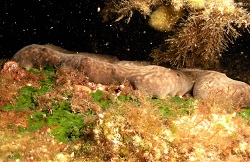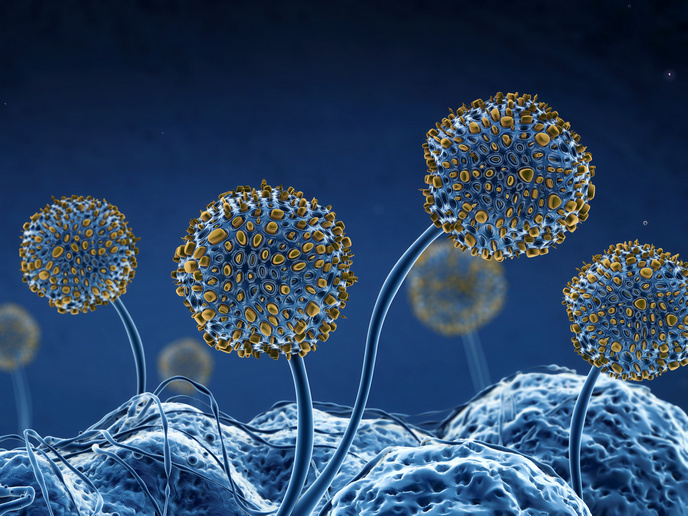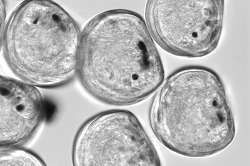Fully harvesting novel biodiverse products from marine environments
As we face increasing pressures and crises on land, converting our seas’ potential into novel industrial products for the pharmaceutical (human and aquaculture), cosmetic, functional food and industrial chemistry sectors continues to attract much interest. Marine biodiversity is known to be far greater than on land nevertheless, unearthing the world’s sea resources remains largely unexploited and challenging. With 71 % of the earth’s surface boasting an average depth of 3 800m, the SEABIOTECH team went about analysing, sampling, cultivating and storing highly adapted biodiverse organisms called ‘extremophiles’ for their rich and untapped potential. ‘Because of their unique metabolic adaptations to their environment, the extremophiles are considered to have an enormous potential for unique biotechnological applications because they allow the performance of industrial processes even in harsh conditions, under which conventional proteins are denatured or inefficient,’ shares SEABIOTECH project coordinator Dr. RuAngelie Edrada-Ebel from the University of Strathclyde. Innovative approaches In order to fully exploit this potential for industrial biotechnology, modern metagenomics strategies - the study of genetic material recovered directly from environmental samples - were employed to create marine biodiscovery pipelines and convert potential into new pharmaceuticals, cosmetics, foods and industrial chemicals. ‘The consortium had access to unique marine biodiversity while utilising innovative culturing approaches, genomic and metagenomics analyses coupled with metabolomics, natural product chemistry, bioactivity evaluation and industrial bioprocessing,’ stresses Dr. RuAngelie Edrada-Ebel. The project team, bringing together 14 world-leading organisations from across Europe, therefore standardised a unique sampling process that collected microbes from extreme and untapped intertidal biotypes in Iceland, from vent fields and sea basins off the Eastern Mediterranean Sea and from Scottish coasts which guaranteed the quality of the marine resources collected. Researchers were then able to establish a centralised databank to store this genomic, chemistry and bioactivity information on the collected microbes containing 3 209 samples. They also developed legal procedures with national, European and international stakeholders for a harmonised legal process related to the sustainable exploitation of marine genetic resources in accordance with the Nagoya Protocol. Main legacy SEABIOTECH has certainly provided a current model to accelerate and gradually ensure Europe's position as a world leader in biotechnology. The centralised gene diversity repository of marine extract and compounds of marine origin in extreme environments now provides a valuable asset and basis for future R&D projects in such areas. ‘Novel and underexplored species of marine microorganisms were investigated for the first time as potential sources of novel therapeutics and they provided positive indications that lead compounds can be isolated and progressed to address significant unmet medical needs (e.g. cancer, infections against, metabolic syndrome and inflammation) and threatening parasitic infections for aquaculture,’ underlines Dr. RuAngelie Edrada-Ebel.







